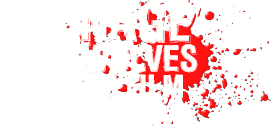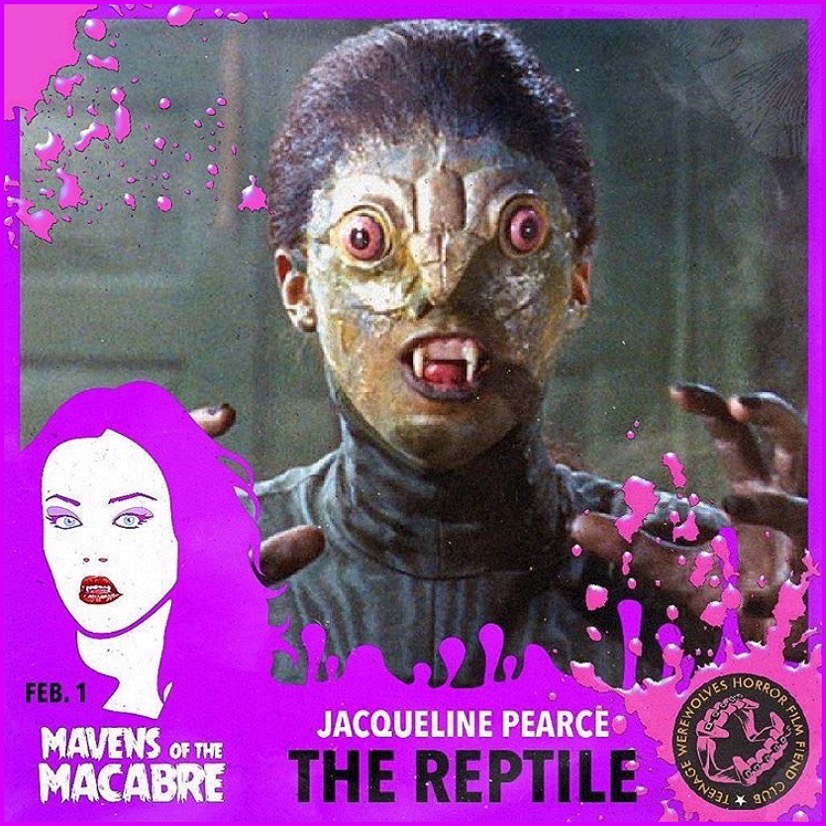(John Gilling, 6 April 1966)
“That vile thing underneath that blanket is my daughter, Anna! Oh, not the Anna you know; not that lovely girl, but a hideous parody of herself, a loathsome thing…!”
For last year’s celebration of Women In Horror Month, we highlighted significantly influential personalities across the genre — writers, directors, actors, academics, and assorted luminaries who all identify as female — as a way to turn our unholy beacon on those voices that, traditionally, have been silenced. This year, our MAVENS OF THE MACABRE series instead opts to focus upon some of our favorite films featuring powerful female protagonists or antagonists in the hopes that they gain a wider audience. Regardless of whether or not the medium has delivered problematic interpretations of gender over the years, one cannot dispute the fact that some of the most engagingly enigmatic characters in the horror genre — both past and present — have been female.
Our first foray into the depths of February, then, is Jacqueline Pearce’s role in the Hammer neo-classic, THE REPTILE. A commanding reimagining of the werewolf myth, 1966’s THE REPTILE is one of our very favorite Hammer films, as it is as high on brooding atmosphere and chills as it is on pathos, while also introducing an inventive, new mythology for another denizen of its pantheon of monsters: The snake woman. Pearce plays the role with as much troubled soul as Lon Chaney Jr., and yet there is something else here…a wounded naiveté in Anna that only multiplies the tragedy of her existence as a cursed creature of the night. Anna Franklyn’s shame of transforming into a cold-blooded beast, feasting on neighbor and pet alike, forced — for one half of her existence, at least — to live in the warm volcanic caverns beneath her palatial estate, is the fateful result of punishment for her father’s actions rather than her own, placing her directly into a realm of Greek tragedy not unlike Siodmak’s THE WOLF MAN; Gilling’s film is, interestingly, an unusual reinvention of the werewolf story, and one as borne out of fears of the female form as it is fears of the cultural “other” found within British-occupied India.
Are the make-up effects problematic at times? Sure…but the performances, sets, overall production, and approach outshine what somehow becomes a minor detail (director Gilling wisely ordered reshoots and mostly obfuscates with shadows). Set in Cornwall, the memorable episodes in the graveyard and tavern of Clagmoor Heath have a richness and believability to them, and Hammer-alum Michael Ripper’s publican, Tom Bailey, possessing an endearing humanity that deftly opposes the icy candor of Dr. Noel Franklyn (Noel Willman), the true cause of the village’s reptilian bête noire. Look beyond the “woman as monster” subtext to see a film carried by two strong female leads (Jennifer Daniel, too, is sublime here) in a project that, for some genre fans, outshines the celebrated film it was shot back-to-back with: John Gilling’s 1966 shock-show of voodoo, tin mines, and a mysterious contagion, THE PLAGUE OF THE ZOMBIES.
Enjoy, Fiends…and if possible, pair this with another Hammer underdog, the atmospherically drenched sleeper, THE GORGON from 1964.
Celebrate Women in Horror…all day, every day.

